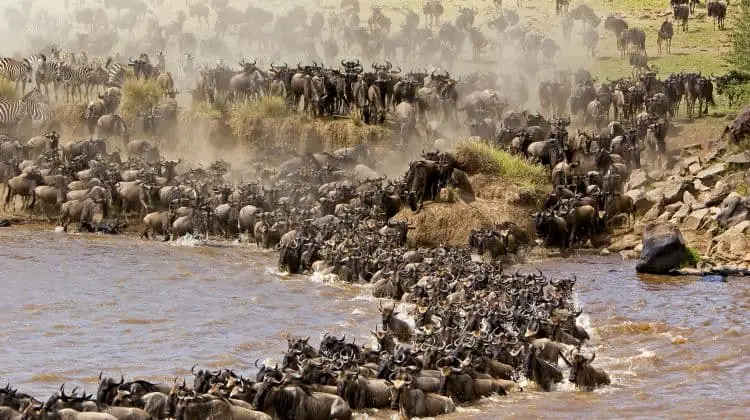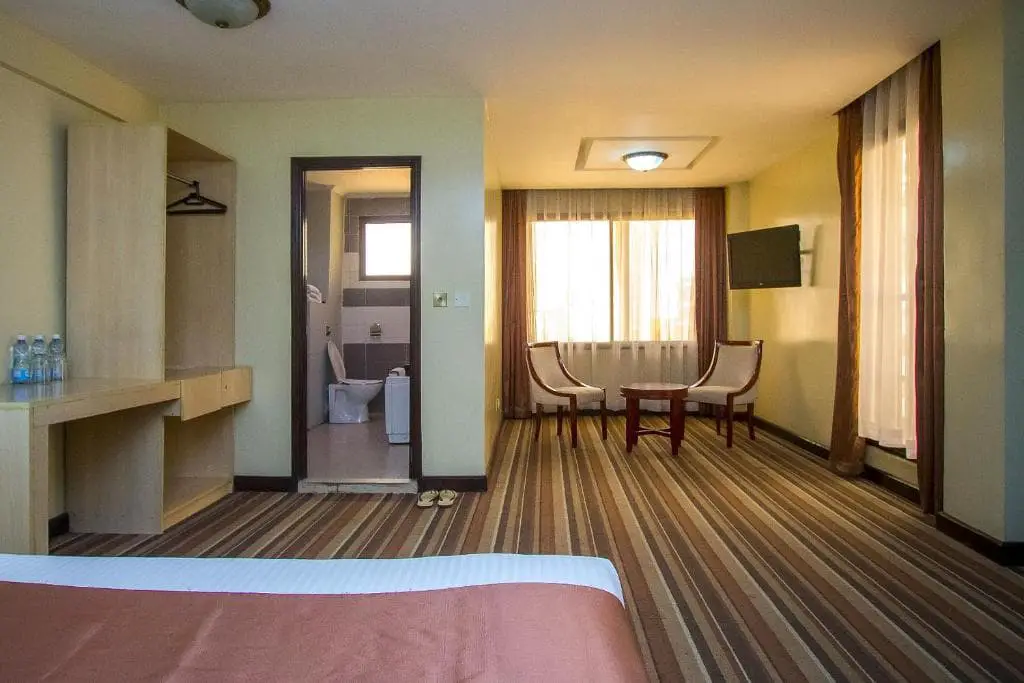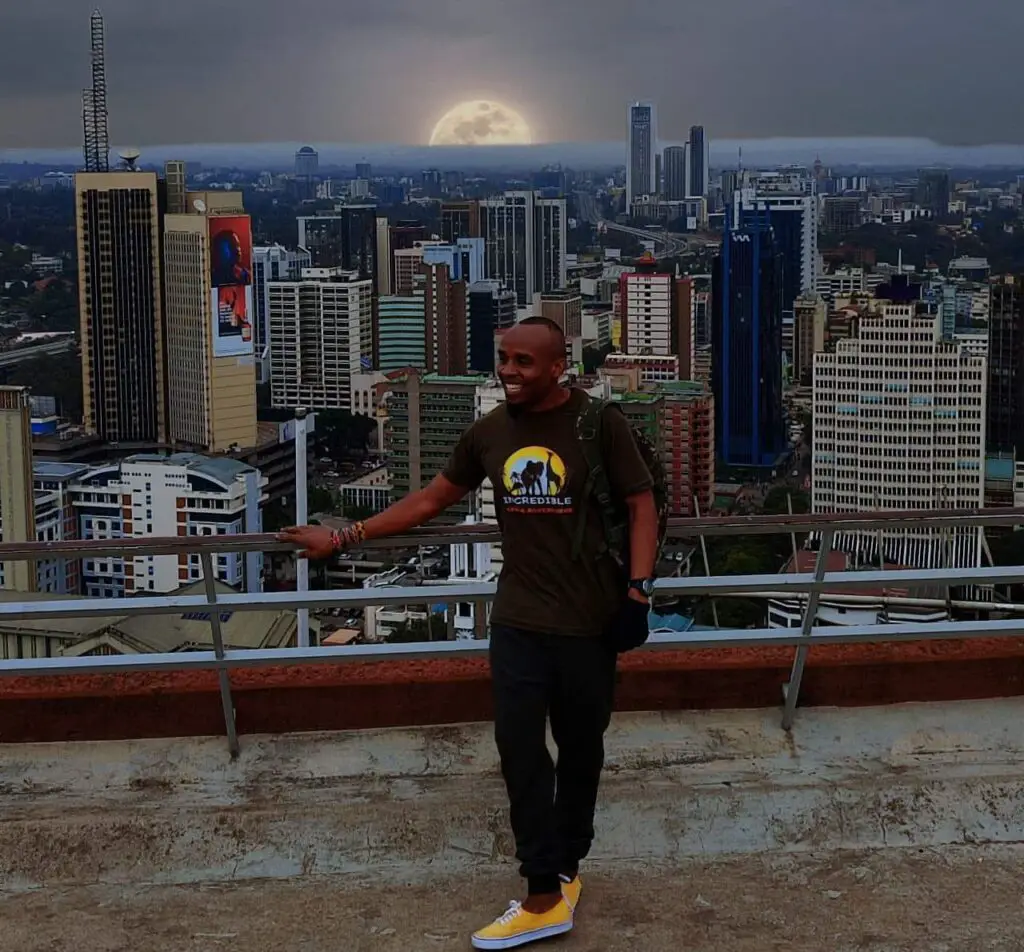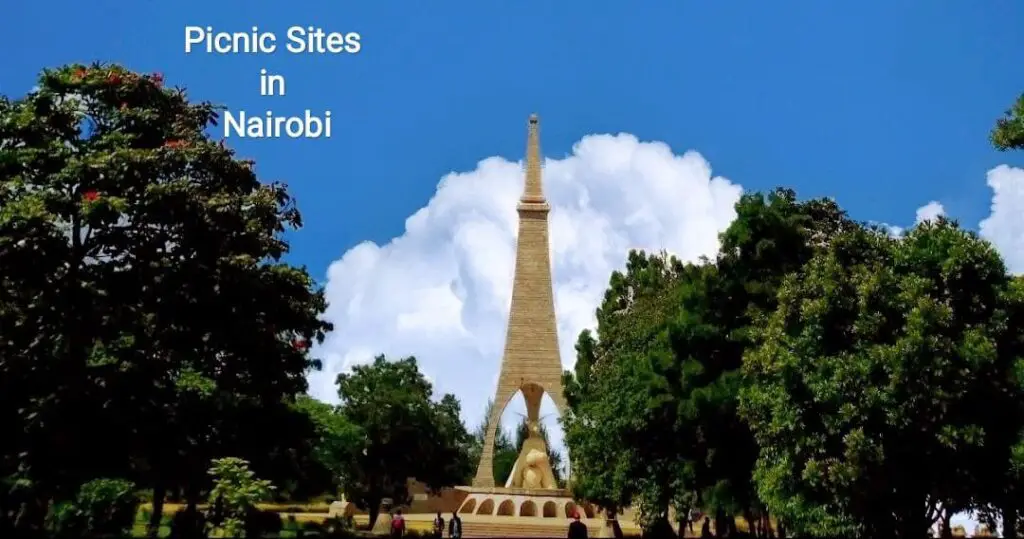Wildebeest Migration in Masai mara 2020
In a Covid-19 free normal year, this month of June precisely as from 15th onwards marks the start of the wildebeest migration, it goes on through to around October 15th every year. Wildebeest Migration has caused a spark over the years all roads lead in and out of Masai Mara National Reserve in Narok, Kenya, with tourists eager to see the migration show. Tour Operators, Tour Agents and Online Travel Agents make a kill out of this 7th world wonder Magic of wildebeest Migration. The reserve, which has been a world-famous safari destination since its inception in 1958, was stopped for the first time due to coronavirus pandemic.
Local tourist and International Tourist flock Masai Mara National Reserve and it is usually by the lack to get accommodation around this time (June). It is like the world flips and everyone is heading to Masai Mara National Reserve.
Lodges and Camps are Empty in Masai mara
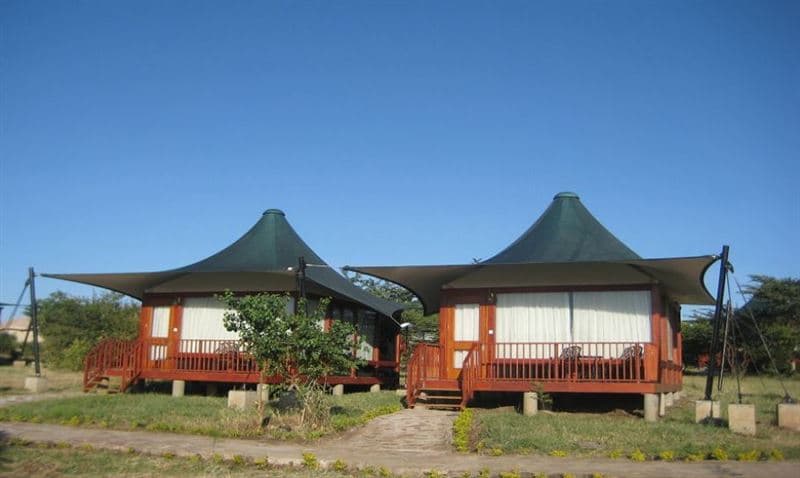
Sadly, the once filled up Camps and Lodges with tourists are empty thanks to COVID – 19, the dust has settled on the roads of the new Murram, hotel roofs and worried sick staff. Some have lost their jobs and others forced to go on unpaid leave. The regular Masai who sells sculptures, Beads and Lesos at the gate of the Masai Mara National Reserve is nowhere to be found. They probably went on to look for other menial jobs to do to feed their families. The scourge, which has affected the tourism sector in Kenya and the entire world at large, has rendered employees of the Mara Game Reserve jobless and desperate.
Human Activities

However, on a positive note, nature has taken a break from human activities, taking a much-deserved break.
Also Read: Masai Mara Safari? Don’t make these 7 Mistakes when booking
The animals are now at peace. The Wildebeest Migration in Masai Mara wave used to be crazy. They’re roaming freely and grazing without distractions from the tourist vehicles, from Jeeps to Tour Vans, all the emit of carbon dioxide and other gases, all the overcrowding being a peak season, I believe they might be wondering if there was a Rapture or something.
Cancellation of Wildebeest Migration in Masai mara 2020.

As much as many Tour Operators emphasized on Tourist not to cancel and instead postpone to save the tourism industry. Many tourists resulted in cancelling as time went by and the pandemic seemed not to be in a hurry. By March of 2020 All hotels, lodges and restaurants closed indefinitely. This came as shocking to many tour Operators, some decided to close down for things to cool after some of the tourist requested for refunds, some of the tour operators use the booking fee to invest in their company. Some had done that you can now imagine having to repay an invested money. Nobody saw this coming so business was as usual, due to this many tour operators have since dismissed their employees or sent them on unpaid leave.
Air Strips
Airstrips such as Keekorok, Serena, Olkiombo, Kichwa Tembo, Angama and Musiara, which serve more than 75 tented camps and lodges inside and outside the park, closed down business for an uncertain period with wild animals converting them into sun-bathing fields. The runways have since been covered by green grass. Did I mention the Roads were tarmacked, unlike before when we used to call it African Massage due to the bumpy rides it is now all smooth, this would have impacted to more tourists flocking the National Reserve. The travel time was 8 to 9 hrs. drive from Nairobi now it has been reduced by half.
CLOSE DOWN
Businesses have been down since January, Curio businesses, bead-work and cultural manyattas have been low since January when coronavirus spiralled out of China. During low seasons, Chinese and other Asian countries tend to flock the Masai Mara National Reserve. The Masai Village visit was an economic boost to the local living near Masai Mara but since the world closed it has been hell on earth to this village mates. The Roads in the park are always under maintenance for ease of movement of tour vehicles, but some are now flooded following heavy rains that have been pounding the area. With most workers sent home, maintenance stopped and many areas of the reserve are inaccessible.
The members would receive land acreage given to the conservancies are now receiving half the amount in a normal month, this is massively affecting their livelihood.
Wildebeest Migration in Masai mara 2020.

COVID – 19 has undoubtedly affected 2020 calendar many tourists have weighed out of the 2020 wildebeest migration, they will let it pass and only hope for 2021. However, there is still hope though minimal, local flights in Kenya are yet to open up.
Also Read: How Much Does a Kenyan Safari Cost?
The Wildebeest Migration is one of the “Seven Wonders of the World” and also known as The World Cup of Wildlife. To be honest with you, if there is a safari you should go on, then this is it. The Maasai Mara and the Serengeti National Park together form what no other reserve or park on Planet Earth can! It is Spectacular, it is magnificent, it is beyond belief and it is a must go!
Nowhere in the world is there a movement of animals as immense as the wildebeest migration, unbelievably over two million animals migrate from the Serengeti National Park in Tanzania to the greener pastures of the Maasai Mara National Reserve in Kenya during every year in the Mid of June through to Mid-October.
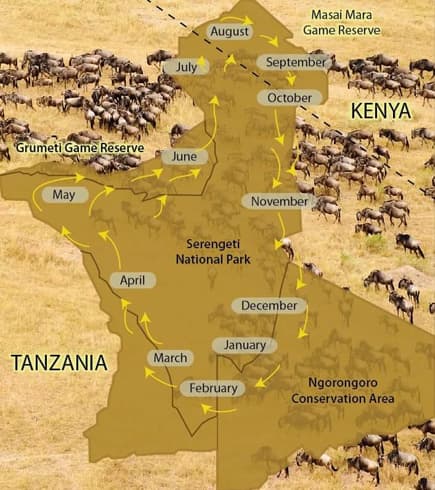
The migration has to cross the Mara River in the Maasai Mara and Grumeti in Serengeti Tanzania where crocodiles will prey on them. This is one of the highlights as the animals try and cross the Mara River alive. You can imagine you risking your life every day to cross a certain river filled with crocodiles just to get something on the other side. I believe as humans we go through this on our daily life’s, that is my opinion though. Back to the wildebeest migration. In the Maasai Mara, they will be hunted, stalked, and run down by the larger carnivores.
The Birthing

A newborn wildebeest gains co-ordination faster than any other ungulates and is usually on its feet five minutes after birth. It can run with the herd at the age of five minutes and can outrun a lioness soon thereafter. Notwithstanding, many do die within their first year, from predation (although research indicates only about one per cent die this way), malnutrition, fatigue or disease. Many calves get separated from their mothers when the herds panic (which happens frequently) or cross rivers or lakes in their path. The calves then wander for days looking for mum, bleating and bawling incessantly. On rare occasions, they may be lucky to find her, but unlike humans, no wildebeest cow will adopt a strange calf, even if she has lost her own and is lactating at the time probably you would call that wickedness. As it weakens, a lost calf becomes an easy victim for any watching predator, from wild dogs up to hyena, cheetahs, Leopards and lions.
The Crossing of the Wildebeest in Masai mara

When it comes to crossing three Rivers play a big role, Mbalageti, Grumeti Rivers in Serengeti Tanzania and the Incredible Masai River in Kenya where the real action, the climax, the wonder of the world takes place.
Most of the time the very rivers are placid during the year but by Mid-June they start filling up with torrents thanks to rainfall. The torrents plus the over two million Wildebeest mixed with Zebras, Antelopes crossing makes the best view of all time.
The wildebeest first batch to arrive in Masai Mara River, can wander for days in fear of the water and also predators, however, eventually they spot a route or a crossing point they will use to cross the river and use it continuously. No particular path, each year has a different one and unpredictable to tell the path or crossing point they will use.
Read More: Nairobi National Park Tour: Reasons you should visit during this COVID – 19
Conclusion
2020, has already been a tough year for everyone. We shall overcome and as many may miss this year’s Wildebeest Migration, it is better to stay alive to travel tomorrow. This ecosystem happens every year you still have 2021 if 2020 won`t do you justice. As for the people who have lost jobs mid this crisis please do not lose hope, hang in there, tomorrow will be better.
A conclusion to the wildebeest Migration. Not even the wildebeest know when they’re going to cross! Some arrive at the Mara River and swim over immediately of course on the edges where we have less violent torrents and fewer predators; others arrive and spend days hanging around grazing; some arrive and turn back to where they came from. Nobody can predict the crossings, not even the wildebeest themselves, it all depends on the then-current situation. This is why it is best to have as much time on safari as possible if you hope to see these ungulates crossing the Masai river iced by the wild and merciless long crocodiles of Mara River.

